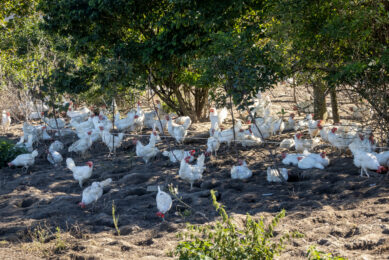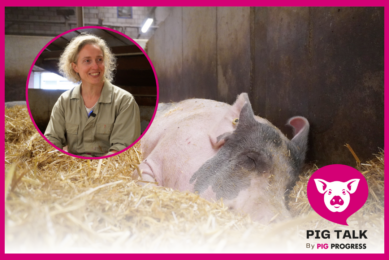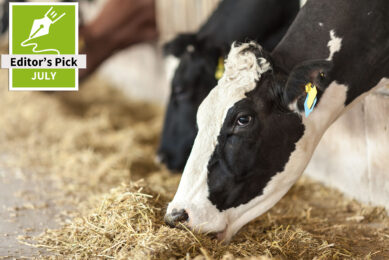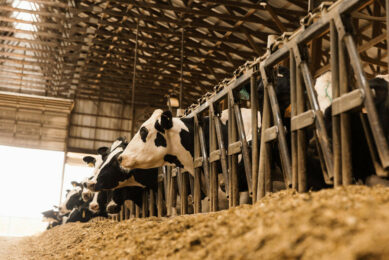Live yeast alleviates negative effects of heat stress
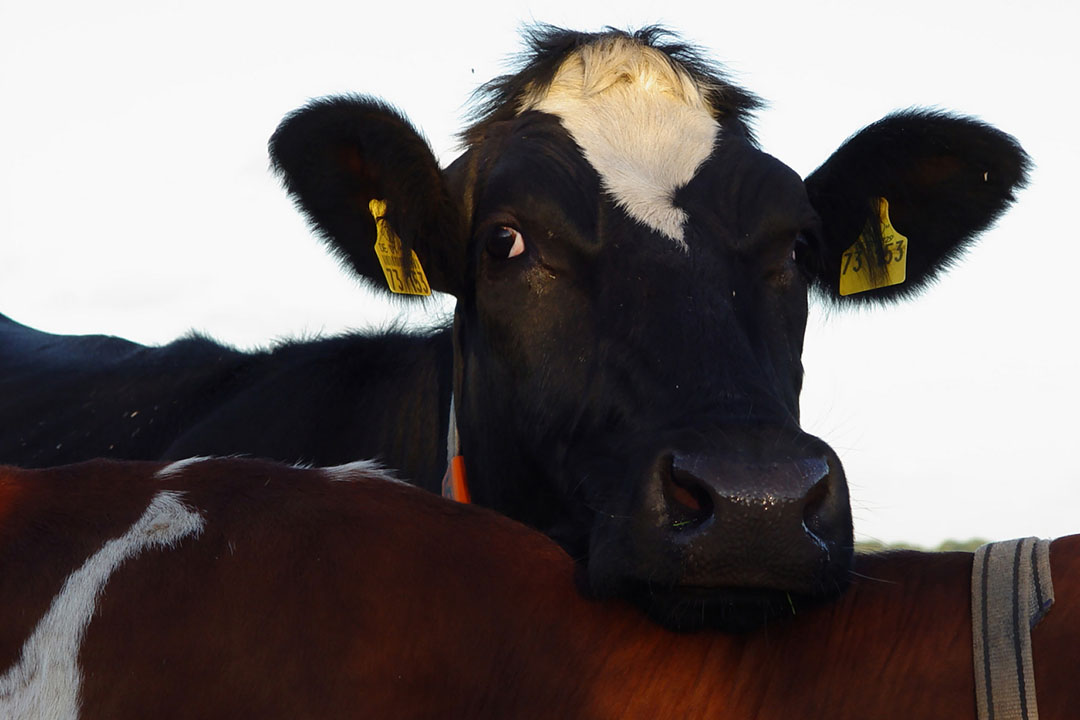
Heat stress is a major challenge in the summer months for dairy cows which leads to many negative effects and impacts feeding behaviour, performance and rumen health. Live yeast can alleviate these effects during heat stress periods, a recent study revealed.
A recent study published in the Journal of Dairy Science by the team of Professor José E.P. Santos from the University of Florida (Perdomo et al., 2020) indicates that the rumen specific yeast Saccharomyces cerevisiae CNCM I-1077 (Levucell SC) helps alleviate the negative effects of heat stress on feed efficiency in dairy cows. Researchers credit the positive effects on the ability of S. cerevisiae CNCM I-1077 to impact rumen pH and feeding behaviour.
Rumen function and feeding behaviour
One of the many challenges of dairy production under hot and humid climates is decreased milk yields when cows are exposed to heat stress. Heat stress also represents challenges for the rumen, leading to increased risk of Sub Acute Ruminal Acidosis (SARA). The compilation of more than 500 rumen efficiency audits (see box) indicates that in farm settings across many regions and farming systems under heat stress conditions, 60% of farms present suboptimal rumen efficiency. Indicators linked to feeding behaviour are affected by heat stress, in particular rumination activity.
What are rumen efficiency audits? |
Nutritional strategies to preserve dairy performance under heat stress should focus on supporting nutrient utilisation by optimising diet digestion, while preserving rumen function. In this context, the rumen specific yeast S. cerevisiae CNCM I-1077 — demonstrated to improve both nutrient digestion and rumen efficiency — has already been shown to effectively alleviate the toll of heat stress on dairy production and improve rumination behaviour (Fustini et al, 2013). The recent study by Perdomo et al. (2020) further demonstrates the benefits of the live yeast on rumen fermentation profiles and feeding behaviour, two parameters which are intimately linked. This is translated into better feed efficiency.
The trial
The trial was conducted on lactating Holstein cows fed 40% corn silage, 10% alfalfa hay and concentrate, including 400g/head/day of sodium bicarbonate. The average daily temperature-humidity index (THI) during the trial was 81 and the lowest point was 75, which is still equivalent to high heat stress conditions. The cows received either no supplement (Control), or S. cerevisiae CNCM I-1077 at the recommended dose for stressful conditions, 20X109 CFU/cow/day (LEVUCELL SC).
The live yeast supplement led to improved feeding behaviour
- Increased chewing activity (Figure 1)
- Improved rumination behaviour with reduced time between rumination bouts
Overall, the longer time spent chewing and ruminating had a positive impact on rumen function and helps maintain rumen health. Chewing and ruminating can contribute to increased saliva production, hence the higher buffer effect, as translated into improved rumen pH (+0.34 pH units on average with the live yeast) and reduced risks of SARA (Figure 2). This is also confirmed by reduced levels of the inflammation biomarker in the blood, Amyloid A.
Higher feed efficiency and a 5:1 ROI
As a result, dairy performance was improved with the supplementation of LEVUCELL SC without impairing milk solids (no dilution effect):
- Feed efficiency is improved by 7.6% (+130g energy-corrected milk/Kg DMI) (Figure 3)
- Energy-corrected milk is improved by 2 Kg cow/day
The authors of the study explained that “improvement in feed efficiency is likely related to improved digestion of fibre, protein, and organic matter, perhaps because of direct effects of the live yeast on rumen microbial metabolism that favoured a more stable ruminal environment. The changes in feeding behaviour with reduced eating rate and increased chewing time per unit of DM and NDF consumed should also favour optimised digestion with reduced acidosis.”
Aurélien Piron, technical manager – Ruminants for Lallemand Animal Nutrition concluded: “This study by University of Florida confirms previous trials showing that under challenging conditions our rumen specific live yeast improves rumen conditions and feeding behaviour (Bach et al., 2007; DeVries and Chevaux, 2014).
Here, the scientists went further than looking at performance only and looked at blood biomarkers and ruminal fermentation profiles. These show that S. cerevisiae CNCM I-1077 increases feed digestibility through higher fibre degradation (total tract NDF), which results in higher nutrients and energy extraction from the diet. Benefits for the producers are two-fold: reduced SARA risk and higher ROI due to the improved milk yield. We calculated a 5:1 ROI and recommend using this stress-specific dosage during challenging times.”
References available on request.
Authors:
Sylvie Roquefeuil and Aurélien Piron, Lallemand Animal Nutrition
For more info visit: Lallemand




